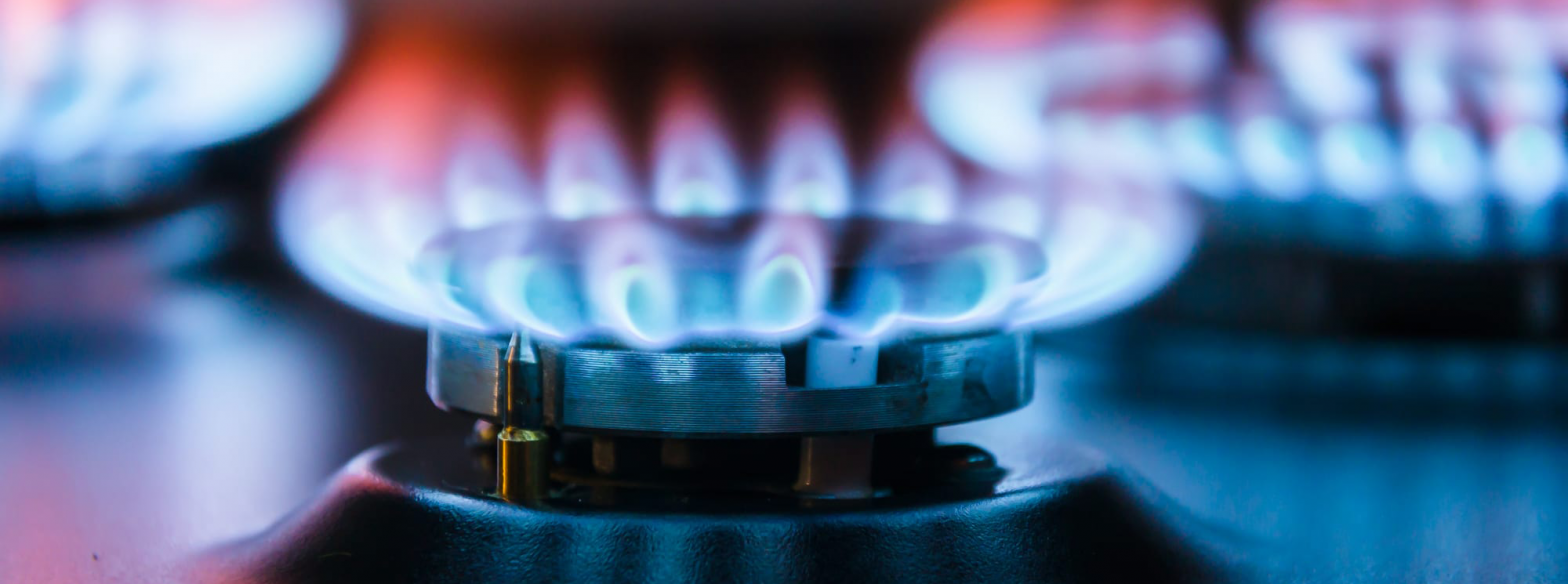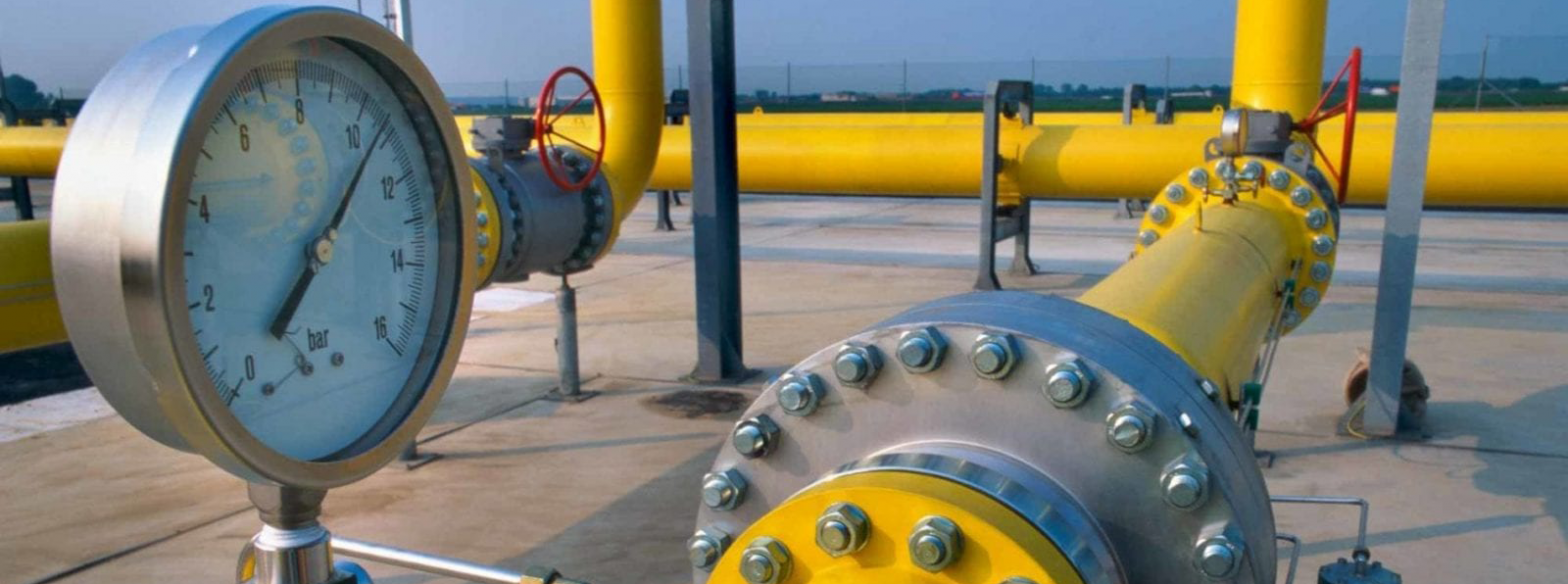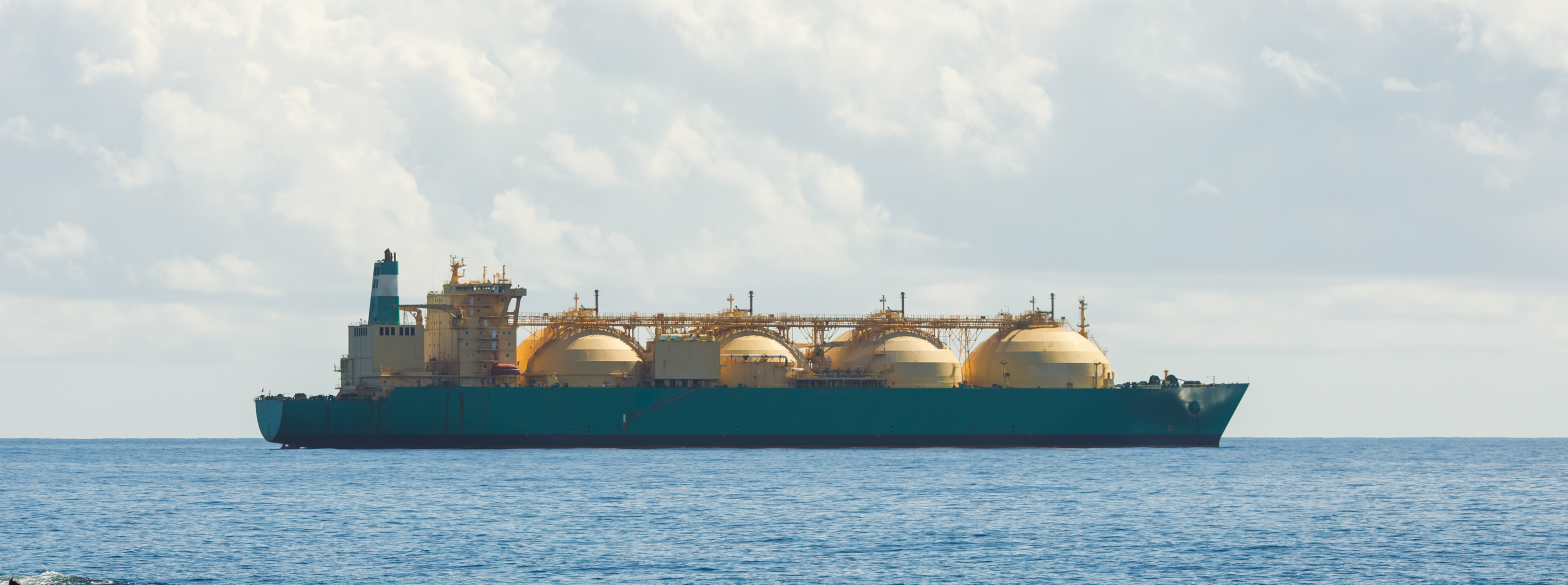As we go about our lives as consumers, we’re faced with limitless choices. How can you pick between a pair of running shoes all with marginally different benefits; thousands of ovens with slightly different cooking times; hairdryers with 50 different settings you didn’t know you needed?
It can be incredibly confusing to differentiate between brands, products and price points. But at least as consumers, we know the products we invest in all generally adhere to minimum standards, which have been established over time, are well understood and protect you at the point of purchase.
But what about if you were in charge of choosing what those standards were in the first place?
So far, regulators across the globe have been slow to regulate methane emissions from the oil and gas sector. We’ve seen some good examples, most notably Norway, but overall, it has been too slow thus far.
Thankfully, we know that regulation is coming, as the EU’s methane strategy and the Biden Administration’s current review of EPA NSPS rules. But, as the IPCC’s recently published report suggested, there is no time to waste on methane emissions.
As the decision makers begin to sit up and pay attention, it’s critically important that they make the right choice.
There are many examples of regulators adopting environmental performance standards successfully, including through the Fuel Efficiency Standards in the U.S., the RECS scheme in Europe, and IMO 2020 and I-RECS internationally.
We believe MiQ’s Standard provides the optimal blend for regulators, for seven key reasons:
- Thorough, robust and third party verified – Our assessment of methane emissions performance is made against three robust criteria – methane intensity, policies and procedures for methane management, and monitoring technology deployment. In addition, MiQ Certification is independently audited and verified by established and trusted auditors with in-depth expertise in methane emissions management, calculation and monitoring. This guarantees credibility, transparency, and flexibility, ensuring we capture a true picture of each individual batch of gas.
- Tradeable and Transactable – MiQ has launched its world-first registry for tracking methane emissions from natural gas. The Registry is the single source of truth for MiQ Certification and will expand the market for certified gas by enabling gas buyers to transact certified gas and also enable firms to trade it on an exchange. This will give the market unprecedented scale and market penetration and maximise emissions reductions. MiQ Certificates can be traded globally, ensuring maximum liquidity and an alignment with existing gas market practices.
- End-to-end – Unlike other assessments, MiQ follows the certified gas along the supply chain from the production asset to entry to the importing zone, under its unique LCA concept. MiQ’s unique global registry accounts for the movements of the certified gas to avoid any potential double counting.
- Technology agnostic – There is no perfect technological solution for monitoring methane. Our Standard is technology agnostic at its core to allow for the use of new and developing technologies, leveraging and encouraging a competitive methane technology and measurement market. Application of monitoring equivalency is what allows all currently available technologies and future technologies to integrate, coexist and be deployed today.
- Globally applicable and aligning with OGMP – MiQ Certification is designed with the global natural gas supply chain in mind. Global gas producers such as NOC’s and IOC’s can certify their facilities and LNG supply chains for EU imports but also other destinations such as Asia. In addition, the MiQ Standard already works alongside international best practices and voluntary agreements and will increase the technical requirements for quantifying methane emissions as technology evolves, including alignment with Oil and Gas Methane Partnership 2.0 Level 4 and 5.
- Simple – The MiQ grades are on an A-F scale, which are easily understood and provide a quick reference point for buyers and regulators to understand the methane performance of every batch of certified gas. Regulators can use this A-F scale to legislate with a.o. transparency requirements, minimum import hurdle rates. incentive or taxation schemes or link to other existing (carbon) schemes.
- No conflict – MiQ is not for profit, and is designed to collaborate with regulators to ensure maximum global effectiveness and methane abatement.
We all know that regulation is the likely end game for methane emissions. This will either be achieved through detailed local legislation or the creation of a wholly new global trading and certification scheme to deal with traded and imported gas.
Our Standard will help get us there. We’re keen to work with territories around the world to design, and then implement, systems capable of delivering the reductions in global methane emissions we desperately need.



